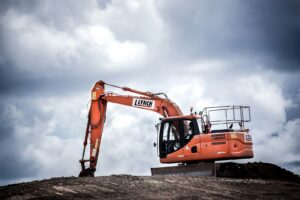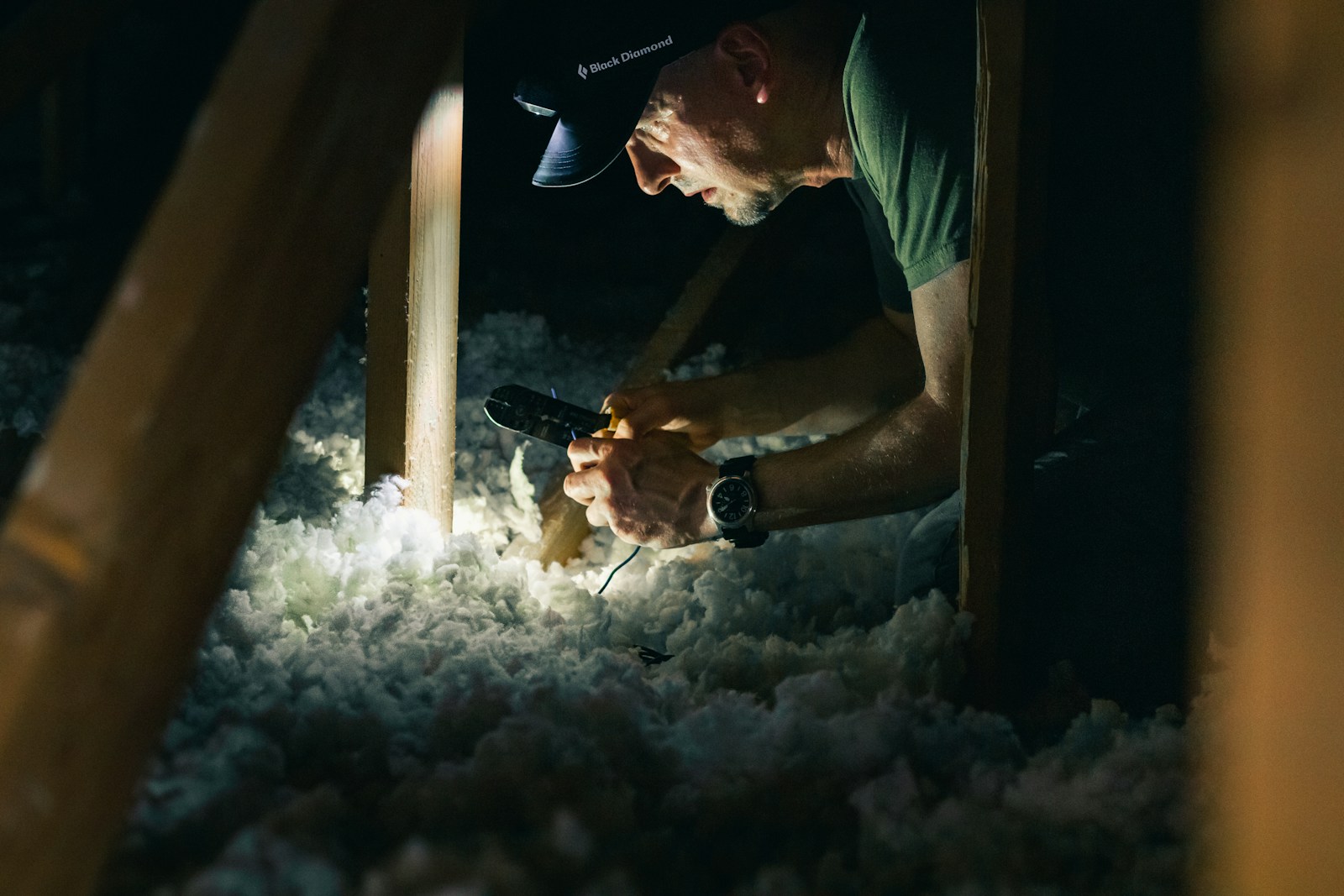Homes insulation standards haven’t improved in 50 years
A study of 25 million British homes has found that just over half of properties still only meet the insulation standards set in 1976 or earlier.
In the words of Cher, if we could ‘turn back time’, I’m sure developers and builders would try and create better insulated homes if they knew how the state of housing in England would turn out in 2024.
Two years ago EDF Energy, in partnership with property data platform Sprift, analysed the current levels of home insulation (including floor, roof, window and walls) against buildings regulations that were set across different time periods to calculate the nation’s ‘Home Insulation Age’.
Experts, who examined 25 million homes, found over 13 million properties in England and Wales, which equates to (55%), only meet the insulation standards of 1976 Building Regulations or earlier.
However, the latest iteration of research, which was published yesterday, has revealed that there has been a small improvement in the nation’s home insulation standards over the past two years, with 18% of properties now having an insulation age of 2022 or younger compared to 8% that was discovered two years ago.
However, most of this improvement comes from newer properties, built since 2022 which are required to meet new regulatory insulation standards.
The primary causes of heat loss in these homes are insufficient cavity wall insulation, absence of double-glazed windows, inadequate loft insulation, and poor floor insulation. These are all features that current building regulations require.
Philippe Commaret, Managing Director for Customers at EDF, said: ‘It’s clear from this research that, despite the energy crisis, little progress has been made in improving the energy efficiency of older British homes in the past two years, meaning millions of homeowners are missing out on significant savings on their energy bills.
‘Our ongoing efforts to support and improve crucial initiatives such as the Great British Insulation Scheme will help empower customers to embrace energy efficiency so they can save both cash and carbon.’
Although energy prices have been coming down over the past few months, bills remain, on average, 56% higher than they were before the cost-of-living crisis began. Despite this fact, researchers found that two thirds of respondents are unaware of the EPC rating of their home and almost a fifth of homeowners have no knowledge about various insulation methods available to help individuals save money in the long-run.
As there have been little changes to housing insulation standards, EDF Energy are now lobbing the government to expand their Great British Insulation Scheme [GIBS] in the following ways:
• Allowing the installation of more than one measure. Currently only one measure per home is allowed. Allowing multiple measures in homes that require them would help customers lower customers energy bills and carbon footprint, as well as reducing the costs of delivering the scheme.
• Including heating control measures e.g. room thermostats, as a secondary measure for all customer groups (currently only delivered within the ‘low income group’). Heating controls are cost effective to install and can bring a big benefit on bill and usage reduction for households.
• Extending the scheme eligibility to include Council Tax Band E homes in England, which would bring in scope an additional 2.4 million homes – representing an extra 10% of all homes in England. Currently the eligibility criteria is Council Tax Bands A-D. This could open up much needed support to customers, including those on low incomes, struggling with the cost of heating a larger home.
Image: Greg Rosenke

















